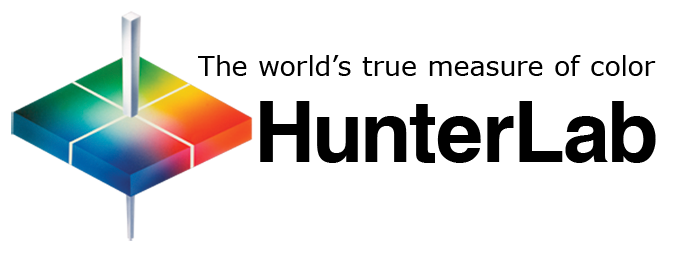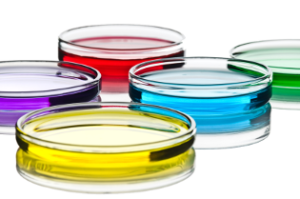Opaque Liquids are impenetrable by light and are best measured using Directional 45/0° reflectance geometry. This is the geometry that most closely matches how the human eye ‘sees’ color.
Translucent Liquids allow light to pass through, but only diffusely, so that objects on the other side cannot be clearly distinguished. Both reflective and transmittance measurement modes may work well depending on the translucency of the sample. As a rule of thumb,
- If at the path length that your customer will view the sample, you can see slight details of your thumb or finger through the liquid, the transmittance is the preferred measurement method.
- If you cannot see slight details, then reflectance measurement using directional 45°/0° is preferred, though it is also possible to use diffuse d/8° sphere geometry.
Path length is defined as the thickness of the sample from where the light enters to where it exits the sample. A simple test to determine the translucency is to pour the liquid into a clear container that simulates the thickness that the sample will normally be viewed, and hold your thumb on the back of the container and look through the sample.
Transparent Liquids allow light to pass through with little or no interruption or distortion so that objects on the other side can be clearly seen. These liquids can only be measured using transmission instrumentation.

